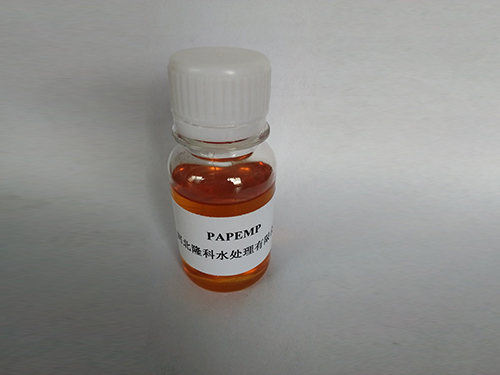Enhancing Polyacrylamide Production Techniques for Improved Performance and Efficiency
The Production of Polyacrylamide Key Processes and Applications
Polyacrylamide is a synthetic polymer derived from acrylamide monomers, known for its versatility and numerous applications in various industries. This article discusses the production process of polyacrylamide, its chemical characteristics, and its wide-ranging applications.
Understanding Polyacrylamide
Polyacrylamide (PAM) is a water-soluble polymer that possesses unique properties such as high molecular weight, gel formation capability, and excellent flocculation properties. It is composed of repeating acrylamide units and can be produced in different forms, including anionic, cationic, and nonionic variants, which cater to diverse application needs.
Production Process
The production of polyacrylamide involves a series of critical steps, primarily centered around the polymerization of acrylamide. The process typically unfolds as follows
1. Raw Material Preparation The primary raw material for polyacrylamide production is acrylamide, which is synthesized from acrylonitrile through a hydrolysis reaction. This step needs careful control of temperature and pH to ensure high yields and purity.
2. Polymerization The core of polyacrylamide production lies in the polymerization process. There are various methods of polymerization, including solution polymerization, gel polymerization, and emulsion polymerization. In solution polymerization, acrylamide is dissolved in water, and a polymerization initiator (such as potassium persulfate) is added. The reaction can proceed under controlled conditions of temperature and agitation to yield the desired molecular weight and degree of polymerization.
3. Neutralization and Purification Post-polymerization, the resulting polyacrylamide solution is typically acidic due to residual initiators. Neutralization is performed using alkaline agents to adjust the pH, enhancing stability and performance. This solution is then subjected to purification processes to remove unreacted monomers and impurities, ensuring compliance with safety and quality standards.
4. Drying and Milling Once purified, polyacrylamide can be dried to form a powder or granules, depending on its intended application. This form enhances its storage and transportation properties.
polyacrylamide production

5. Quality Control During production, samples are taken at various stages for quality control. Parameters such as molecular weight, viscosity, and purity must meet specified criteria to ensure the final product's efficacy in applications.
Applications of Polyacrylamide
Polyacrylamide's unique properties facilitate its utilization across a multitude of industries
1. Water Treatment PAM is widely used as a flocculant in water treatment processes. Its ability to aggregate suspended particles improves water clarity and aids in the removal of pollutants.
2. Agriculture In the agricultural sector, polyacrylamide is employed in soil conditioning to enhance water retention and reduce erosion. This application is particularly beneficial in arid regions, where water conservation is critical.
3. Oil Recovery The oil and gas industry uses polyacrylamide for enhanced oil recovery processes. Its viscosity-enhancing properties help in mobilizing crude oil, thus improving yield.
4. Paper Manufacturing PAM is used as a wet strength agent in paper production, helping to improve the strength and durability of the final product.
5. Biomedical Applications In the biomedical field, polyacrylamide gels are widely utilized in electrophoresis for protein separation and analysis, showcasing its importance in research and diagnostics.
Conclusion
The production of polyacrylamide is a sophisticated process that merges chemistry with engineering to harness the polymer's beneficial properties. As industries continue to evolve and demand more efficient and effective materials, polyacrylamide is likely to remain a cornerstone polymer with a plethora of applications, facilitating advancements in environmental management, agriculture, manufacturing, and beyond. Its versatility ensures that polyacrylamide will play an integral role in addressing contemporary challenges across various sectors.
-
Water Treatment with Flocculant Water TreatmentNewsJun.12,2025
-
Polymaleic AnhydrideNewsJun.12,2025
-
Polyaspartic AcidNewsJun.12,2025
-
Enhance Industrial Processes with IsothiazolinonesNewsJun.12,2025
-
Enhance Industrial Processes with PBTCA SolutionsNewsJun.12,2025
-
Dodecyldimethylbenzylammonium Chloride SolutionsNewsJun.12,2025





